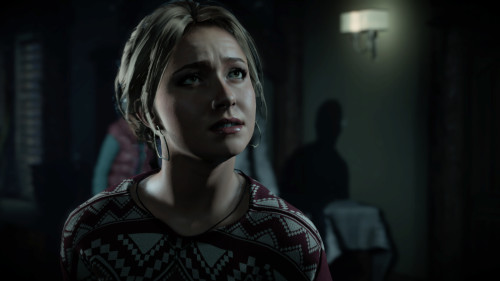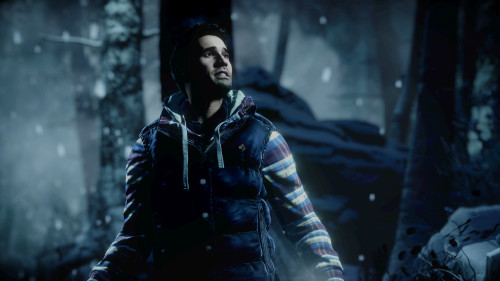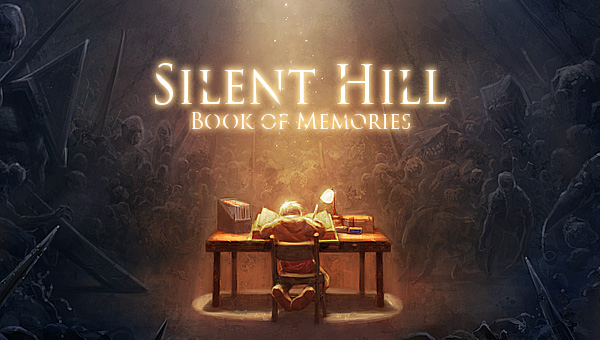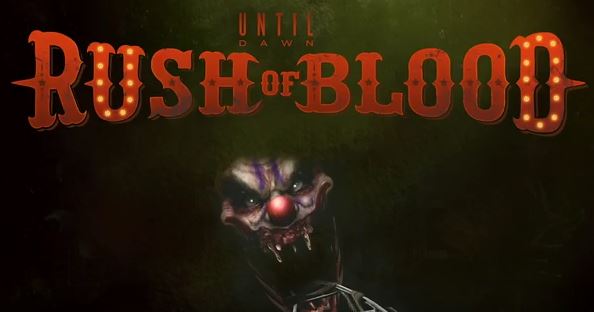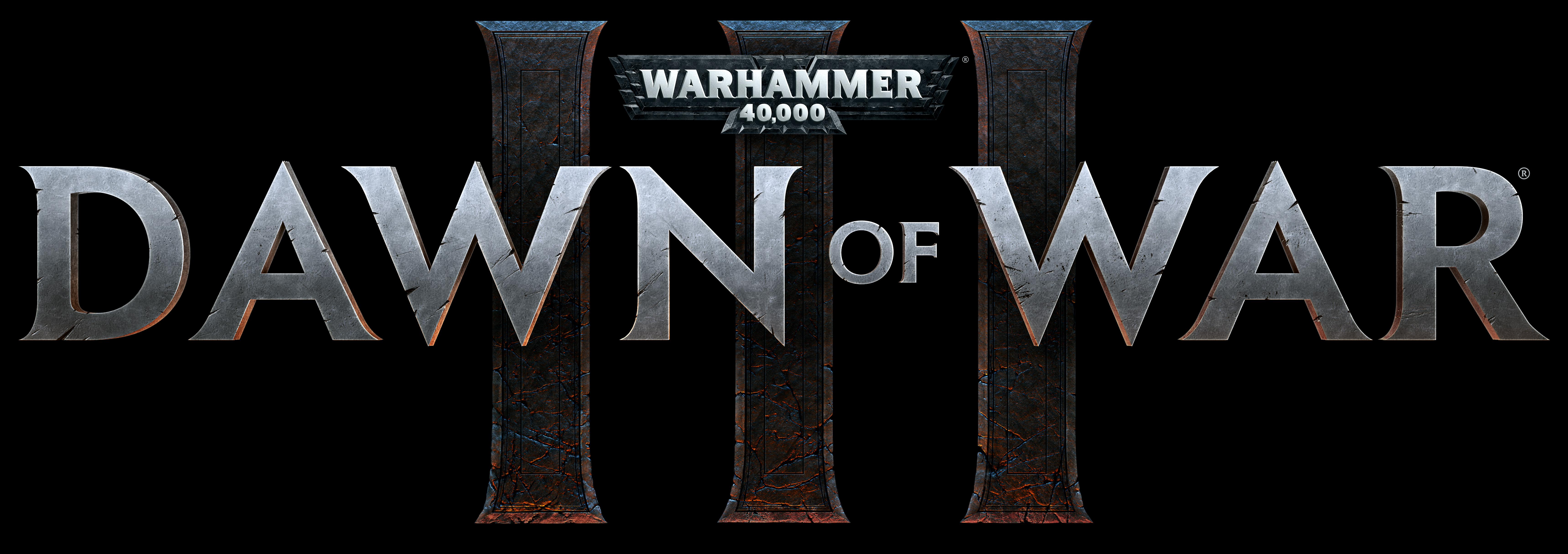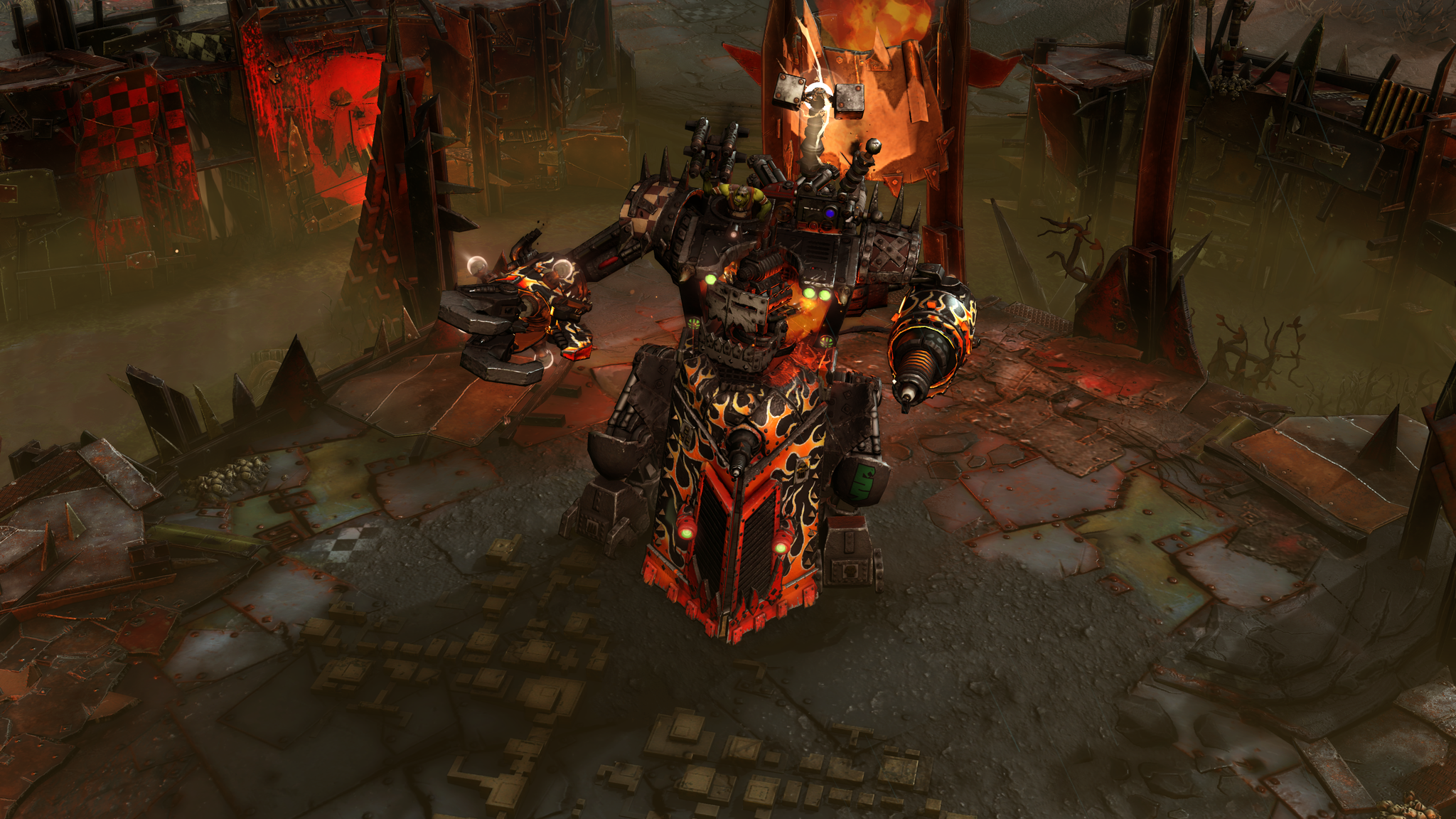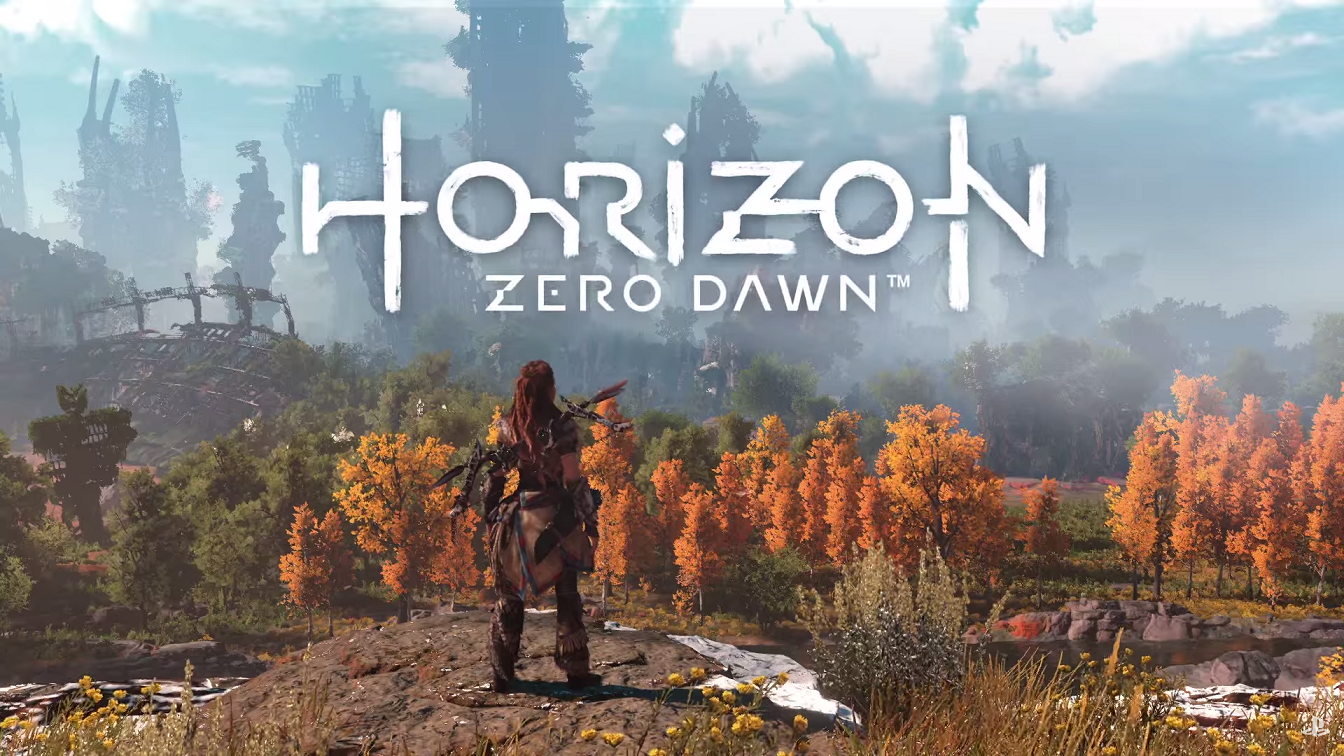
What do you get when you cross Beyond: Two Souls, Murdered: Soul Suspect and Silent Hill: Shattered Memories? Some would say an under-realised ghost simulator with a disappointing mishandling of characters and a virtual smart-phone that’s really neat, but that’s really not helping my point at all. No, the other result would look something like Until Dawn – a cinematic adventure game that aims to emulate a slasher flick, but puts you in control of the scares and the outcome. I sat down for a preview of the game’s opening hours this week, and came away very interested in seeing the rest of them – Until Dawn, you could say.
The plot concerns a group of teenagers returning to party at a secluded mountain lodge, on the anniversary of an accident at that same location which killed two of their friends. Or was it just an accident? The group doesn’t seem smart enough to leave well enough alone, nor do they seem to be aware of the rules of the genre – don’t prank your friends by scaring them, don’t get petty and separate, and never, ever have sex. In the first few chapters, more or less all of these rules get broken, and a world of hurt is unleashed on the teens – from psycho killers a la Halloween and Saw, to ghosts and supernatural threats like the Evil Dead.
It’s a big mash-up of tropes and clichés from across the horror genre, but exactly what each player experiences on each playthrough is molded by their decisions. The game plays very much like David Cage’s brand of adventure games, with limited movement and exploration and many timed quick-time events, where you’ll have to choose what actions to take. Some of these prompts are simple, some are action-based (like climbing a wall), and some require you to stay perfectly still, belying the game’s PlayStation Movie origins as it monitors your PS4 controller’s light sensor. You can occasionally find clues by exploring the environment, which will increase your understanding of the game’s mysteries, but by and large you’re guided by how you react to other characters.
In between the game’s chapters, you’re kicked back into a psychologist’s office, coming face to face with Peter Stormare. Real actors have been enlisted for mo-cap and face-capture duty in Until Dawn, including Heroes’ Hayden Panettiere and Agents of SHIELD’s Brett Dalton. Stormare seems to be having the most fun, increasingly gobbling more and more of the scenery with his deranged psychologist character, as he probes you in a first-person perspective about what scares you. This seems to be the most direct link to how the game’s story and presentation is affected. If you say clowns scare you – the serial killer has a clown mask. If you comment that you find rats or ravens scarier than, say, gore, then you might find they’re placed a little more throughout the environments and in the soundtrack.
Beyond this is the ‘butterfly effect’, which aims to create a unique experience around every playthrough. In theory, certain actions you take or things you notice can have a profound impact later on, and you can keep track of these decisions in the pause menu. Being more direct with certain characters or playful can have both short and long-term consequences. You might find it a good idea to fool around with a would-be lover out in the snow, but if she’s soaking wet and cold you’ll find she’s less willing to cosy up for a cabin sexcapade later on. You can get small glimpses into the future by finding ‘totems’ strewn throughout the lodge. Their previews can come true or can be avoided, again depending on your actions.
Sometimes, the link between action and consequence can seem a little more vague. At one point, during a snowball fight, you’re allowed to hit a robin with a snowball or ignore it. Of course, we hit it to see what would happen, and shortly after our character was almost impaled by a falling icicle. I was told this was a direct consequence of the bird’s murder (or bird-er), but I probably wouldn’t have realised this otherwise.
If the aim is to simulate a classic slasher flick, the presentation is spot-on. Mo-capped models do a great job of representing their actors emotions and performances, and the writing has all the hallmarks of your traditional kill-by-the-numbers film. There are so many fake-out jump scares, bad ideas acted upon without hesitance (why don’t we dig out this old ‘spirit board’?) and petty in-fights that it’s right at home, but it does tend to play it more straight than the tongue-in-cheek Cabin in the Woods. The lighting engine does a great job of creating atmosphere, from the pale flicker of a cigarette lighter to the moody shadows of an abandoned mine. At the moment, the frame-rate at the moment does tend to dip, especially when trying to handle multiple actors on-screen at once along with a wide-shot of a location, but it doesn’t affect the gameplay at all. In a hilarious, but cheap move, the PlayStation 4’s camera will also snap photos of you during jump scare moments.
Ultimately, I came away from Until Dawn really curious to see how the rest of the game plays out. The chapter-structure of the game indicates that it more or less takes place over ten hours (‘until dawn’ as it were), of which I saw roughly two or three. It does feel a little like a mini-series, with its moody intro sequence, and if you choose to play it episodically, little ‘previously on Until Dawn‘ catch-ups will get you back to speed upon reloading. It’s a cool pastiche of horror elements from multiple films and adventure game ideas from multiple games, into a single cinematic experience that is sure to scare the pants off gamers upon its release on August 26.

